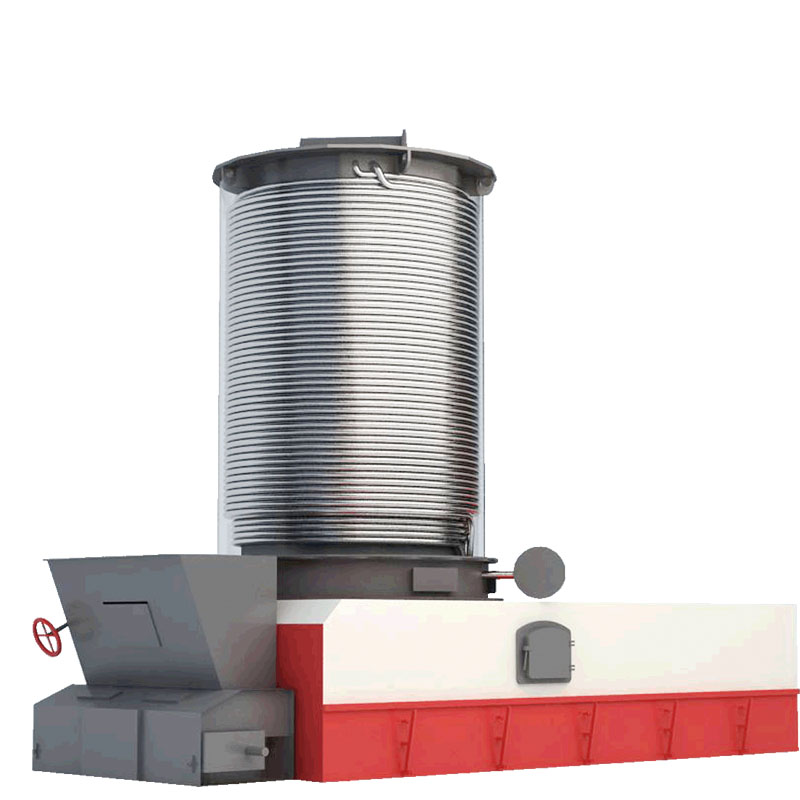Feb . 06, 2025 06:21
Back to list
LSS vertical gas or diesel fired steam boiler
Industrial steam boilers play a crucial role in diverse industries, serving as the powerhouse for operations that require steam for heating, processing, and sterilization. Delving into the intricate world of steam boilers reveals a fascinating tapestry of engineering artistry and pragmatic design.
A pivotal aspect of steam boiler effectiveness is its maintenance regime. Regular inspections and preventive maintenance schedules are essential to safeguard against malfunctions and extend operational lifespan. Boiler maintenance involves checking for corrosion, ensuring the integrity of seals and gaskets, calibrating control systems, and monitoring the quality of feedwater. Proper feedwater treatment, including de-aeration and chemical treatment, is vital to preventing scale build-up and corrosion, which can significantly impair boiler efficiency and safety. When selecting an industrial steam boiler, informed decision-making is paramount. Factors such as fuel availability, efficiency ratings, emission standards, and scalability should be meticulously evaluated. Moreover, aligning the choice of a steam boiler with the specific thermal requirements and environmental strategies of a business can yield significant long-term operational benefits. Environmental considerations have heightened the demand for eco-friendly boiler systems. Manufacturers are increasingly engineering boilers compatible with biofuels and lower-emission fuels as part of the global initiative to reduce carbon footprints. The embrace of green technologies within boiler design aligns with industry-wide sustainability goals, making it a key factor in contemporary boiler selection. Integrating renewable energy sources, such as solar-assisted heating systems, represents a forward-thinking approach to augment steam boiler operations. By harnessing alternative energy, industries not only cut costs but also enhance their ecological legitimacy. The evolution of steam boilers is intrinsically linked to industrial innovation. The synergy between technological advancements, regulatory frameworks, and environmental imperatives continues to shape this vital sector. Navigating this complex landscape requires a deep understanding of both historical paradigms and future possibilities, ensuring that businesses leverage the best solutions for their operational needs.


A pivotal aspect of steam boiler effectiveness is its maintenance regime. Regular inspections and preventive maintenance schedules are essential to safeguard against malfunctions and extend operational lifespan. Boiler maintenance involves checking for corrosion, ensuring the integrity of seals and gaskets, calibrating control systems, and monitoring the quality of feedwater. Proper feedwater treatment, including de-aeration and chemical treatment, is vital to preventing scale build-up and corrosion, which can significantly impair boiler efficiency and safety. When selecting an industrial steam boiler, informed decision-making is paramount. Factors such as fuel availability, efficiency ratings, emission standards, and scalability should be meticulously evaluated. Moreover, aligning the choice of a steam boiler with the specific thermal requirements and environmental strategies of a business can yield significant long-term operational benefits. Environmental considerations have heightened the demand for eco-friendly boiler systems. Manufacturers are increasingly engineering boilers compatible with biofuels and lower-emission fuels as part of the global initiative to reduce carbon footprints. The embrace of green technologies within boiler design aligns with industry-wide sustainability goals, making it a key factor in contemporary boiler selection. Integrating renewable energy sources, such as solar-assisted heating systems, represents a forward-thinking approach to augment steam boiler operations. By harnessing alternative energy, industries not only cut costs but also enhance their ecological legitimacy. The evolution of steam boilers is intrinsically linked to industrial innovation. The synergy between technological advancements, regulatory frameworks, and environmental imperatives continues to shape this vital sector. Navigating this complex landscape requires a deep understanding of both historical paradigms and future possibilities, ensuring that businesses leverage the best solutions for their operational needs.
Latest news
-
Industrial Steam Boiler Corporation - Reliable Industrial Boiler Manufacturer & SupplierNewsJul.08,2025
-
High-Efficiency Steam Boiler Heat Exchanger Supplier & Factory Durable Products for IndustryNewsJul.08,2025
-
Premium Electric Steam Boiler Manufacturer Reliable Company & Factory SolutionsNewsJul.08,2025
-
Commercial Hot Water Boiler - Reliable Supplier & Factory Direct Price for Efficient Heating SolutionsNewsJul.07,2025
-
Top Hot Oil Boiler Manufacturer - Reliable Thermal Oil & Coal Fired Boiler Manufacturer ManufacturerNewsJul.07,2025
-
High-Efficiency Hotel Hot Water Boiler – Leading Exporters & Quotes for HotelsNewsJul.07,2025

